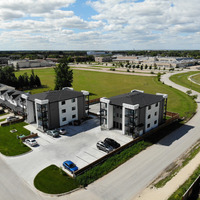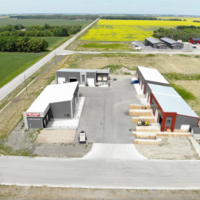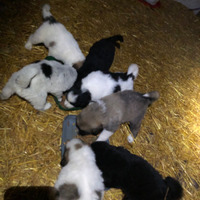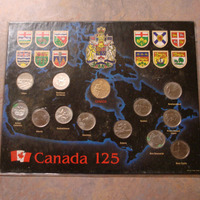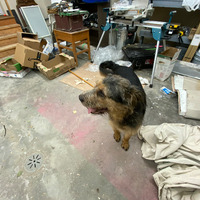Ten months after Niverville Town Council approved the construction of a McDonald’s restaurant on Main Street, one of the residents living nearby has come forward with a request to build a taller fence.
This week, Council approved a variance that allows a nine-foot-tall fence instead of the standard six-foot height, following ongoing concerns about noise and lighting from the new development.
Back in December 2024, after a lengthy public hearing, Council had approved both the conditional use permit and several variances for the 24-hour McDonald’s, which will include 46 seats and a two-lane drive-thru at 1789 Main Street, two blocks from the high school and the CRRC.
At that time, several residents from Ritchot Drive voiced strong concerns about the restaurant’s proximity to their homes. They worried about late-night drive-thru noise, headlights shining into their bedrooms, increased traffic, and possible drops in property value.
“We really need something more substantial than a six-foot wooden fence,” one resident said during that hearing. “A concrete fence, something higher, would help block the noise better.”
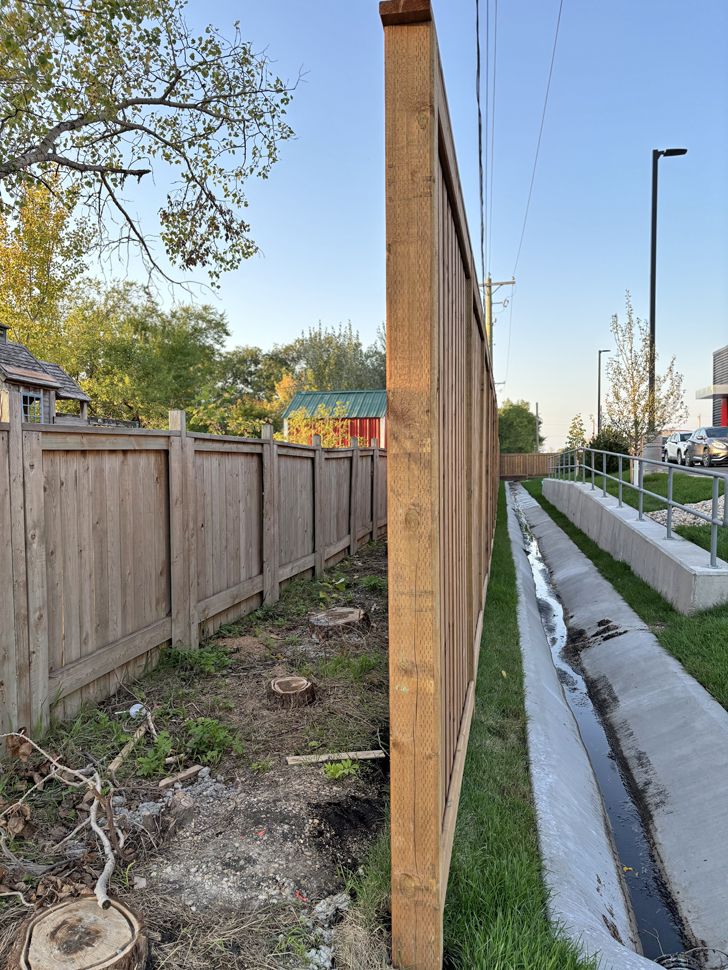 The wooden fence Niverville McDonalds owners built, showing the swale and cut trees next to residential property.
The wooden fence Niverville McDonalds owners built, showing the swale and cut trees next to residential property.Council acknowledged those worries and originally required McDonald’s to build an eight-foot concrete or brick fence along the west property line to limit noise.
But as Mayor Myron Dyck explained after the Tuesday morning meeting, plans for a concrete fence had to change.
“There’s a swale that goes between the business and the residential properties, and that water needs to drain,” Dyck said. “A concrete fence would have acted like a dam, so it had to be something more porous. That’s why a wood fence was used instead.”
One of the nearby homeowners later came forward saying that because her property sits lower and at an angle to the restaurant, light and noise were still coming through. She requested a Conditional Use permit to build a nine-foot fence.
Dyck says Council approved the request unanimously.
“Council had already worked with the business to reduce light and noise, but this resident’s yard is a bit different. So, she (the neighbour) asked to go higher, and we said yes, if it helps alleviate the problem, that’s what we want to do.”
He says situations like this are not uncommon when new development happens near existing neighbourhoods.
“It’s our human nature that when things change, we get anxious or worried about what that will mean,” Dyck said. “It’s not negative, it’s just that people like the way things were. So, Council’s job is to minimize those impacts as much as possible.”
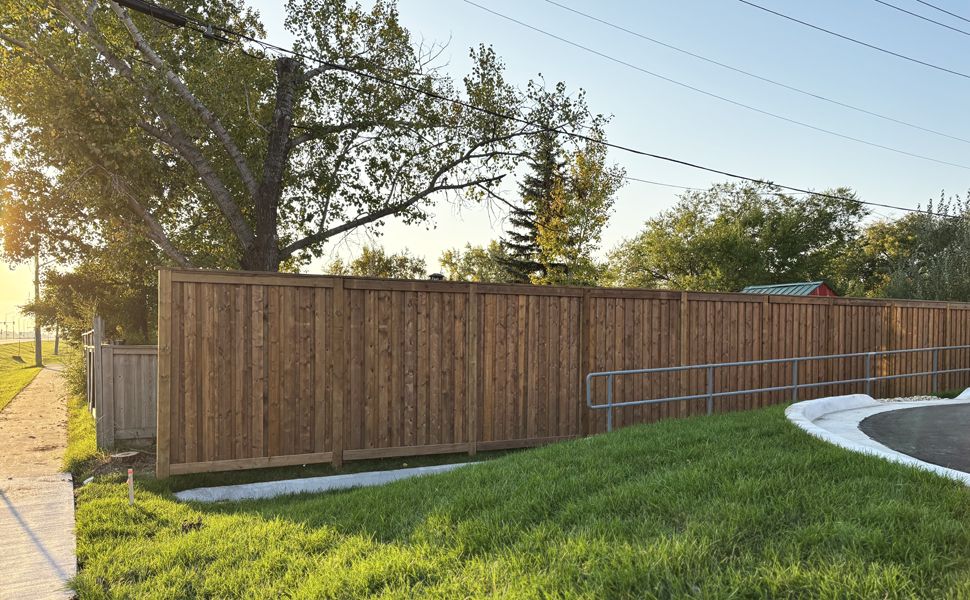 The wooden fence that borders the McDonalds restaurant in Niverville on the west and north sides.
The wooden fence that borders the McDonalds restaurant in Niverville on the west and north sides.Dyck also addressed recent questions about Manitoba Hydro removing trees near the McDonald's property. He says Hydro was working within its rights to clear trees that were growing in a power line easement.
“People might not realize those easements aren’t technically part of their yard,” Dyck said. “Hydro used to trim trees, but for worker safety, they now remove them instead. Nobody likes seeing trees taken down, but it’s part of their policy.”
To help offset that, Dyck says the town continues to support its tree-planting programs.
“We support Communities in Bloom and their tree initiative through TC Energy,” he said. “And Council also has its own budget for improving the tree canopy in parks and playgrounds.”
In the end, Dyck says the goal is to balance growth with the comfort of longtime residents.
“Change is never easy,” he said. “But we’re doing what we can to make it as good as possible for everyone.”

















